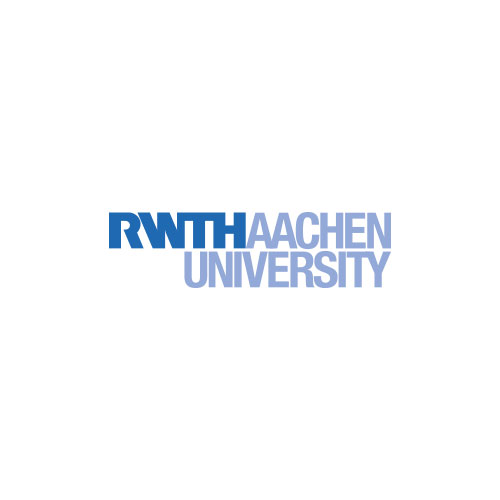RWTH : Histopathological Biomarkers for Nanomedicine-Enhanced Cancer Therapy
Scientists from RWTH’s Institute for Experimental Molecular Imaging have now published their findings on the identification of suitable tumor patients for nanoparticle-based cancer therapies in clinical trials.
Nanomedical formulations have attracted increasing public attention since the development of COVID vaccines. Such formulations use a wide variety of drug carriers, ranging in size from 10 to 1000 nanometers, to safely transport sensitive molecules such as mRNA to their targeted area of the body. Over the years, drug carriers have been developed to transport chemotherapy drugs into tumors in a more targeted manner, resulting in fewer side effects. Until now, however, there has been no method for ensuring that only tumors which allow sufficient accumulation of drug carriers are being treated in clinical trials. In close collaboration with the pharmaceutical company AstraZeneca, a research group led by Jan-Niklas May and Professor Twan Lammers at RWTH’s Institute for Experimental Molecular Imaging, has developed an easy-to-implement method for predicting the tumor accumulation of nanomedicines. The researchers have now published their findings in the internationally renowned journal Nature Biomedical Engineering.
It has been known since the 1980s that nanomedical drug carriers accumulate in tumors. Initially, it was thought that a “magic bullet” (Paul Ehrlich) for cancer treatment had been discovered. Almost 40 years later, however, only a few of the numerous approaches have been successfully brought to the clinic. There are various explanations for this: first, there are well-known difficulties in the development of new treatments, particularly in terms of efficacy, cost-effectiveness, and production; second, tumors are incredibly diverse, even if they are supposedly of the same type (e.g. the different types of breast cancer).
While a preliminary histopathological examination of the tumor is carried out for targeted antibody therapies to ensure that a suitable treatment is chosen, typically no inclusion or exclusion criteria are defined for the use of nanomedicines. In some studies, imaging techniques using contrast agents or radioactively labeled nanomaterials were used to predict tumor accumulation and thus the expected response to therapy. Although these methods are very specific and accurate, they require costly imaging techniques and, in the case of radioactive labeling, the involvement of nuclear medicine labs and clinics. For these reasons, they have not yet been widely used in clinical trials or in clinical practice.
This was the starting point for the researchers, who hypothesized that certain properties of the tumor promote the accumulation of nanomedicines and could be used as histopathological biomarkers. In a preclinical data set, various potential biomarkers of the tumor microenvironment such as macrophages, collagens, blood vessels, and the maturity of blood vessels were examined and tests carried out to establish whether there is any correlation between biomarker occurrence and nanomedicine tumor accumulation.
The results were further analyzed using machine learning techniques to identify a promising duo of biomarkers (blood vessels and macrophages). In close collaboration with researchers from AstraZeneca, the biomarkers were tested in 13 other tumor models. These tests again showed that models with many blood vessels and macrophages have a higher nanomedicine accumulation than models with fewer blood vessels and macrophages. Finally, human tumor tissue and biopsies from the Pathology Archive of Uniklinik RWTH Aachen were examined, which corresponded to the characteristics of a previously published data set, in which the accumulation of radioactively labeled liposomes in the tumor was measured in patients. By quantifying macrophages and blood vessels as histopathological biomarkers, tumors with lower nanomedicine accumulation could be differentiated from tumors with higher nanomedicine accumulation.
Since biopsies are routinely used for tumor diagnostics, they are available for almost every tumor patient. Using comparatively inexpensive histological staining, a simple procedure has been developed that enables the treatment of tumors that are likely to respond to the therapy based on a prediction of nanomedicine accumulation. This can not only help patients, but also researchers in more efficiently translating new nanomedical formulations into clinical practice. This better understanding of the enrichment of drug carrier systems also lays an important foundation for the further development of biomaterials as part of the TransMedMat Cluster of Excellence initiative.
This consortium of interdisciplinary researchers is working on the development, production, and translation of transformative biomedical materials. These materials should be able to interact with the human body and adapt to biological interfaces independently or through external triggers, or modulate biological interfaces. Ultimately, the clinical translation of nanomedicines developed in the Cluster of Excellence will also benefit from the use of specific (histopathological) biomarkers to stratify patients for treatment and enable personalized therapeutic approaches.

